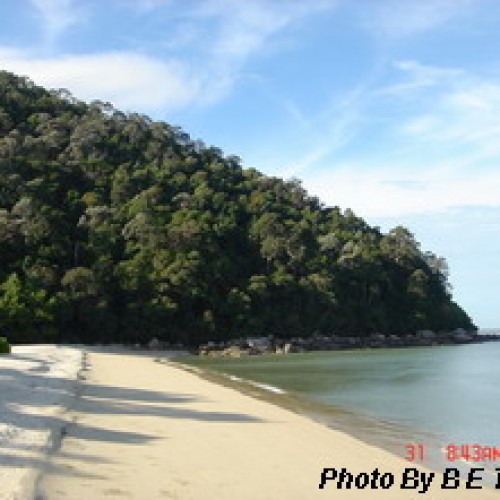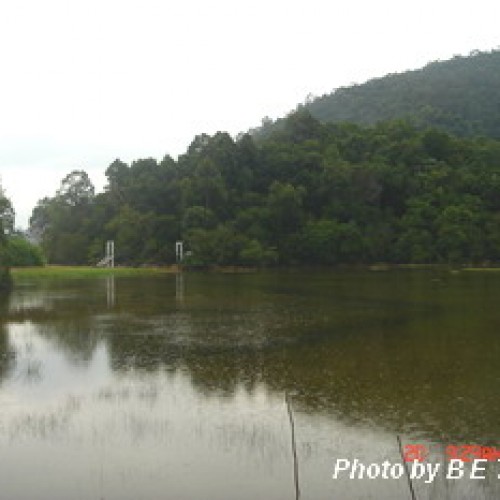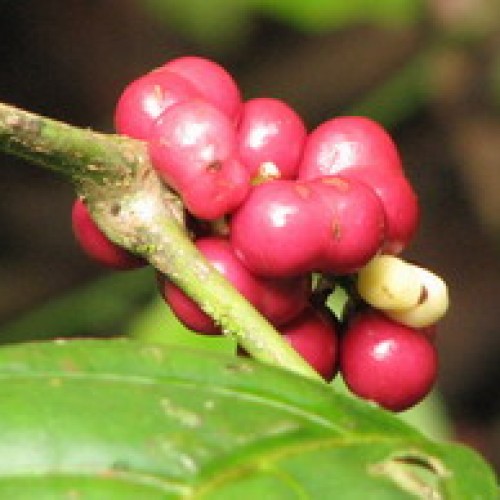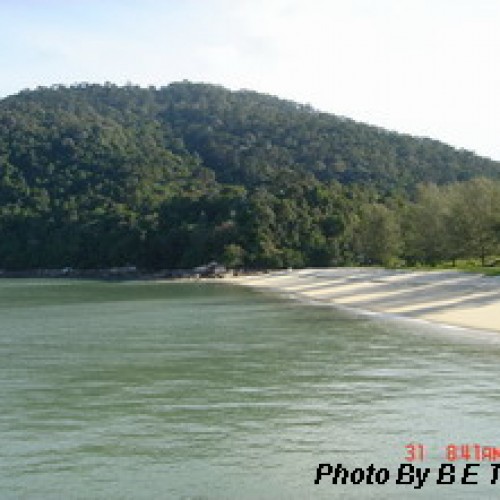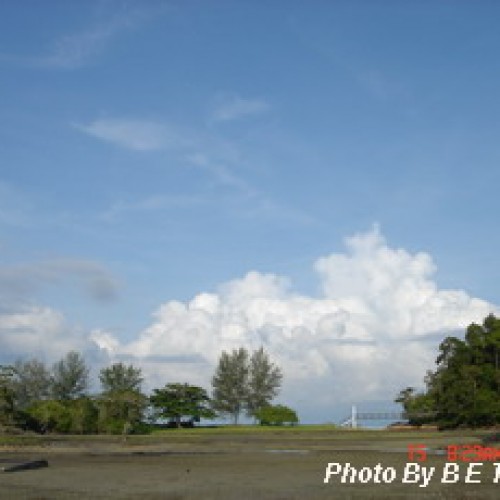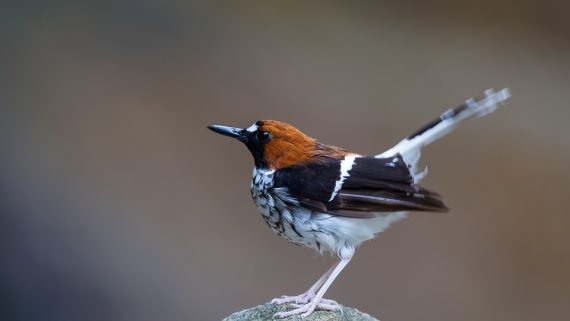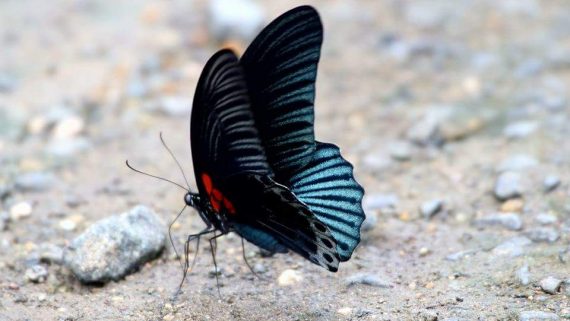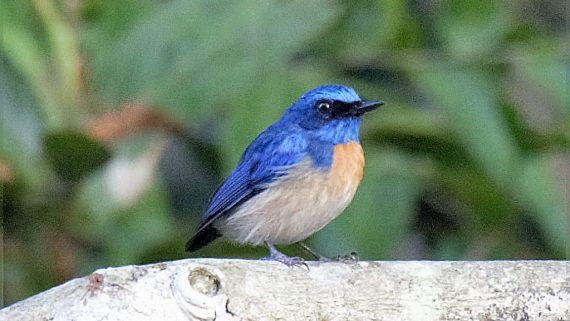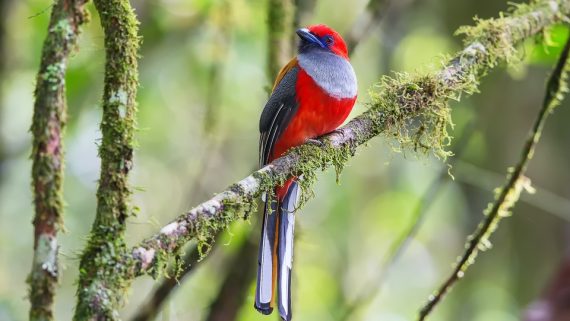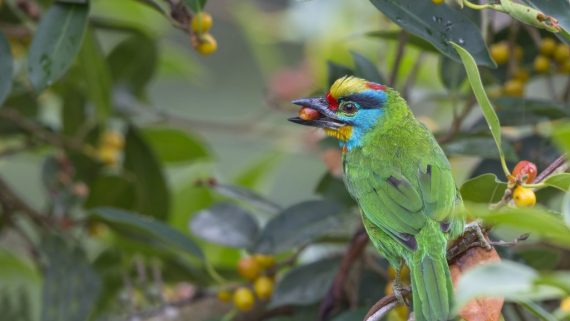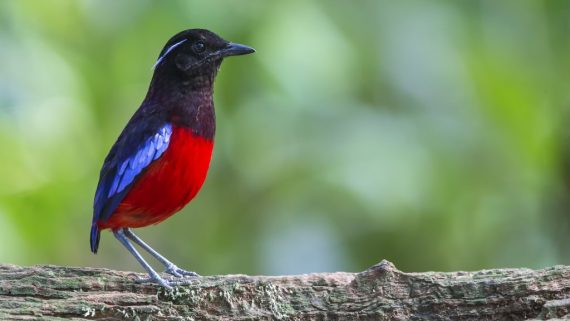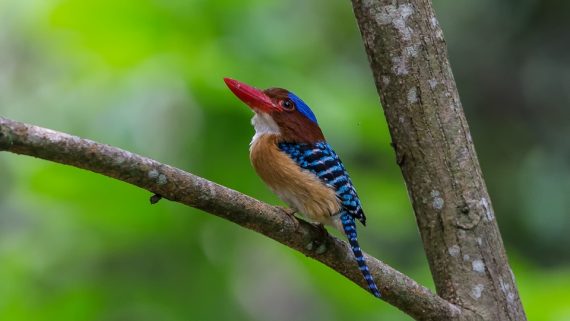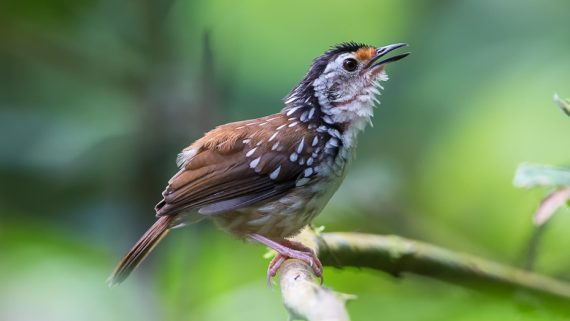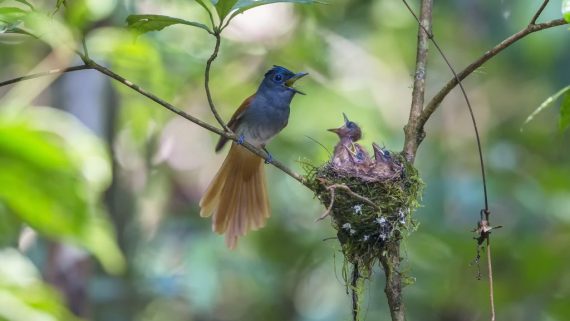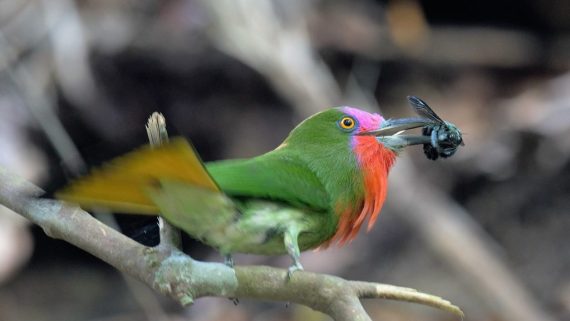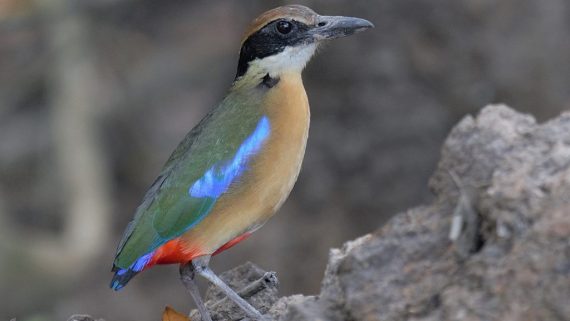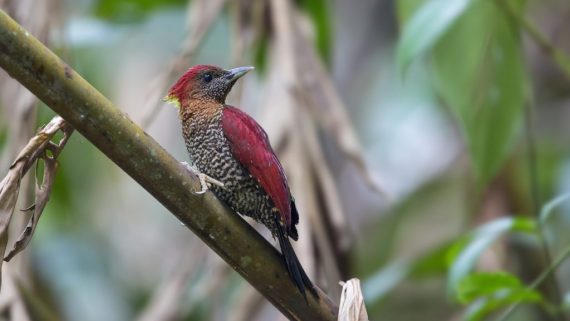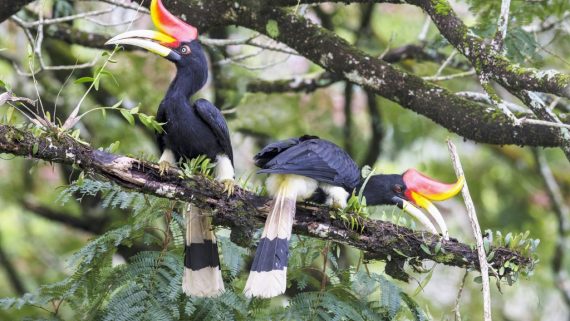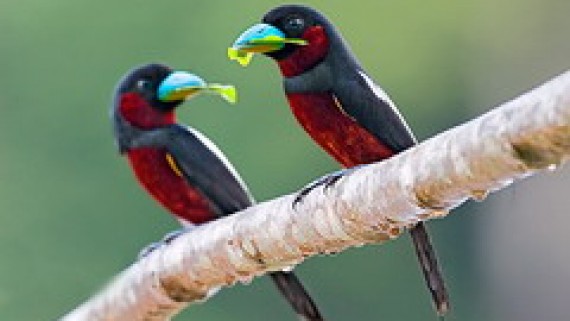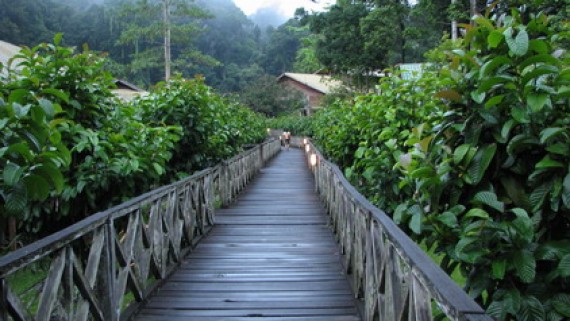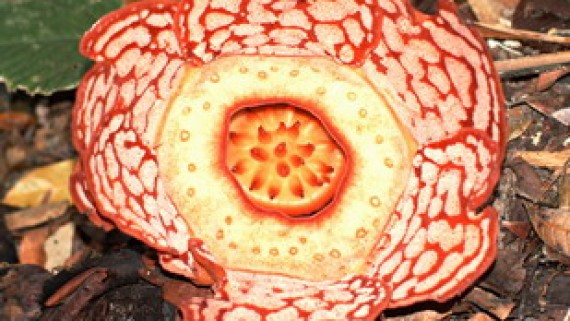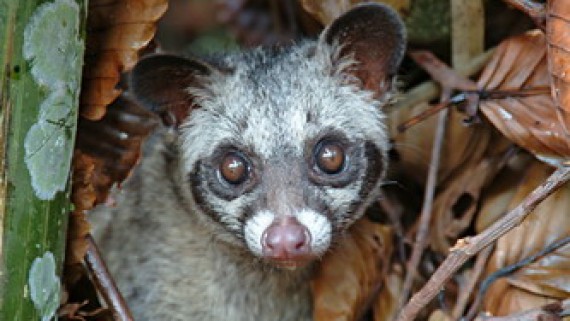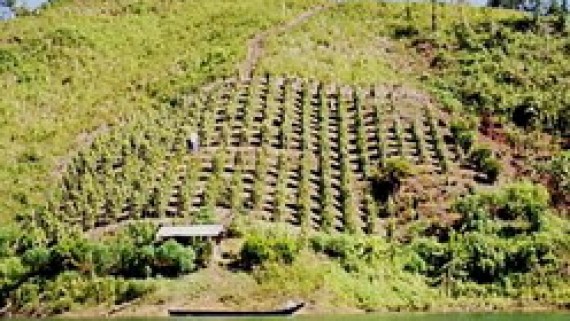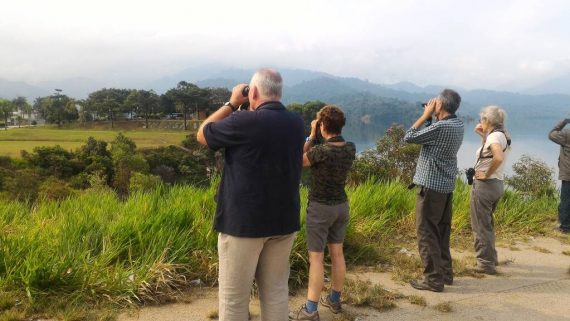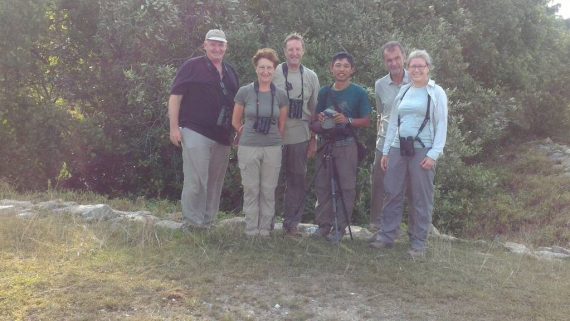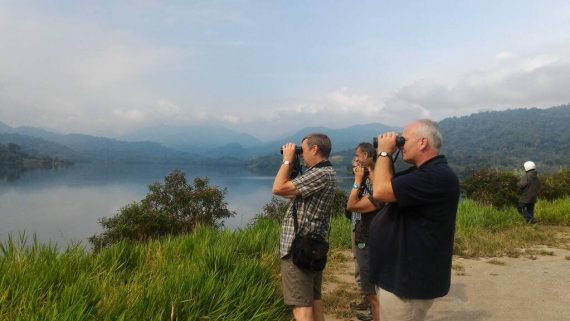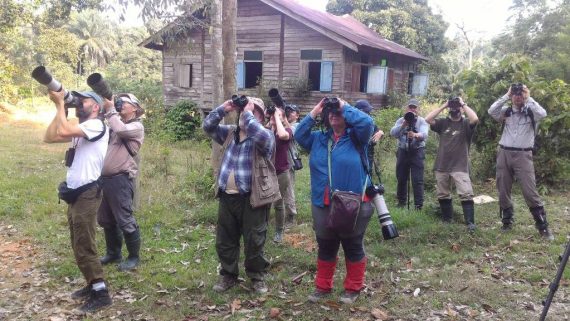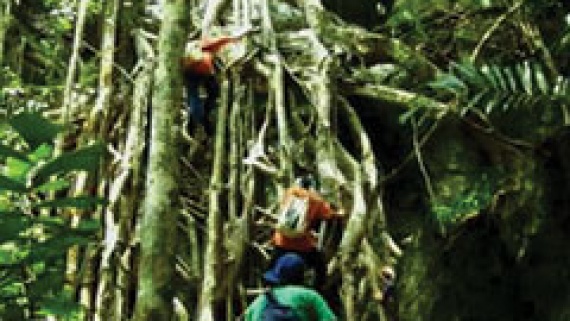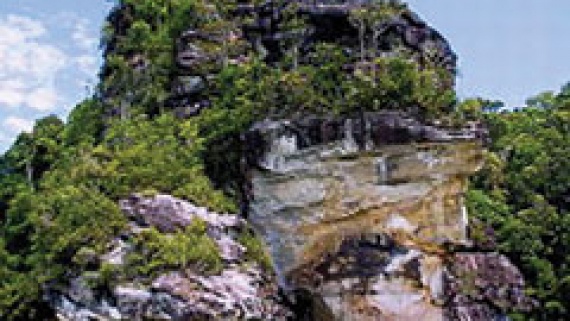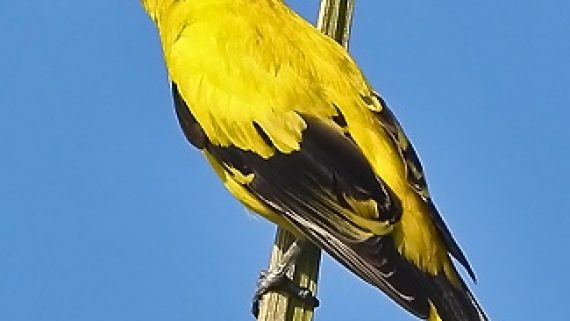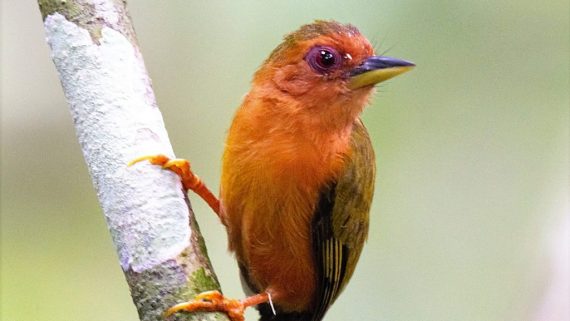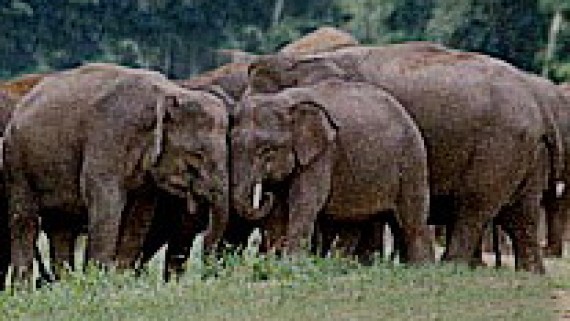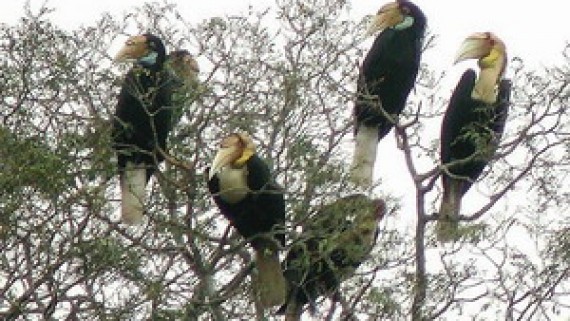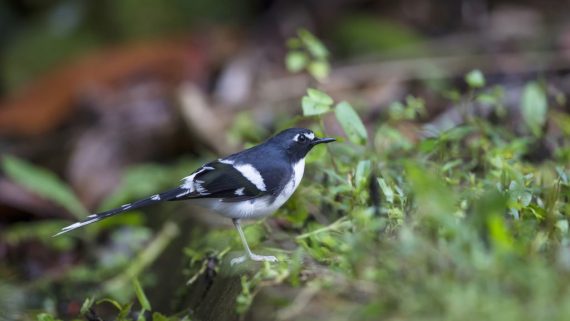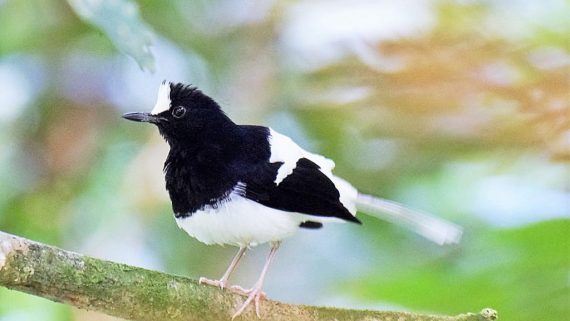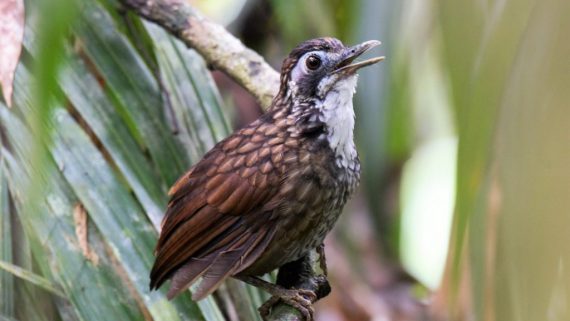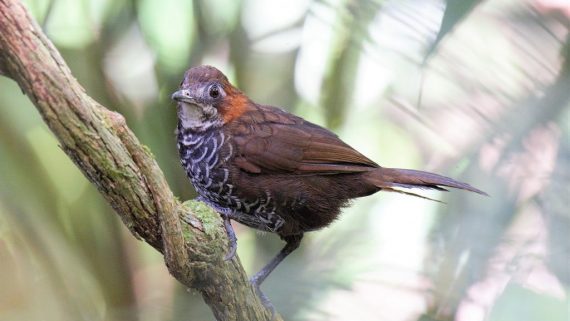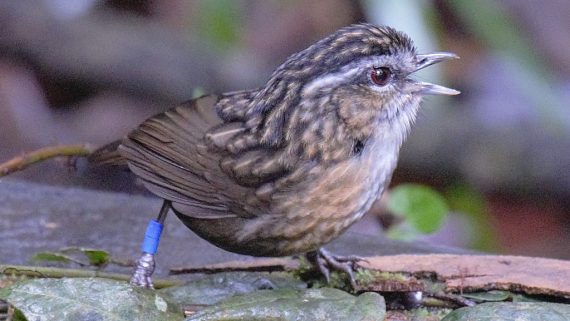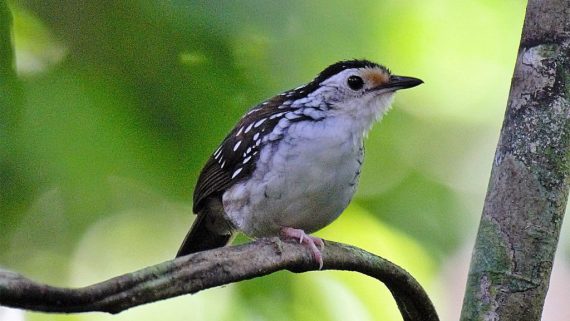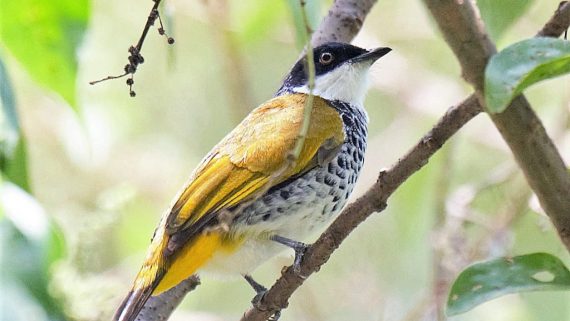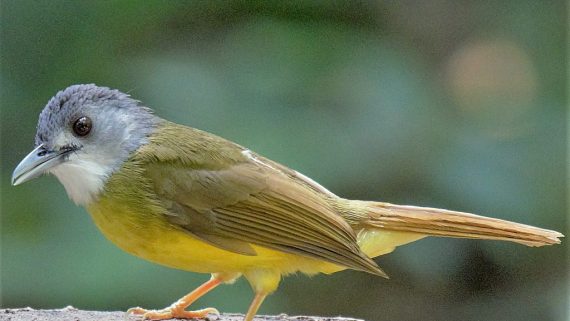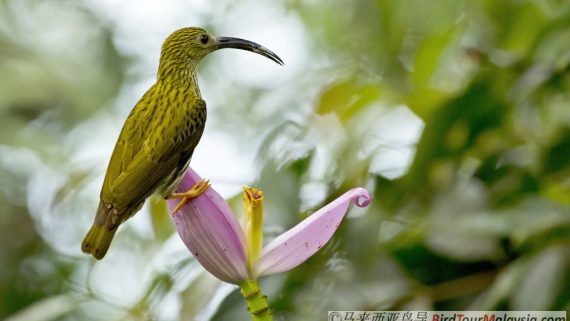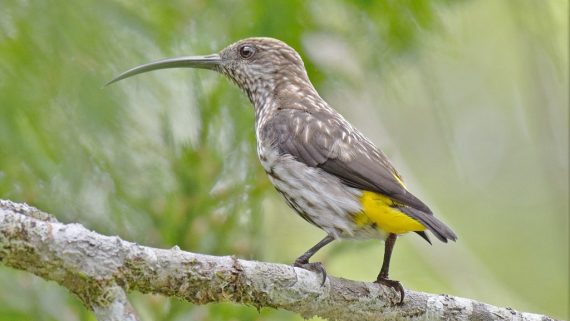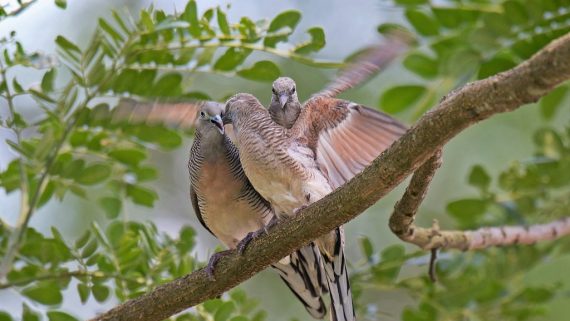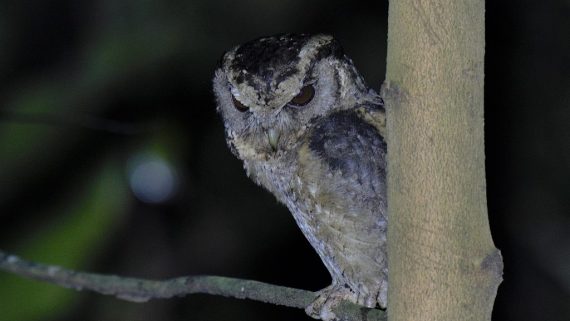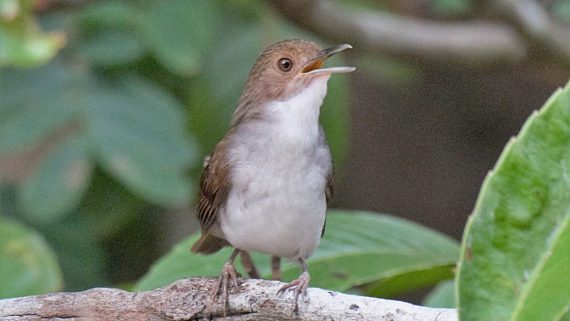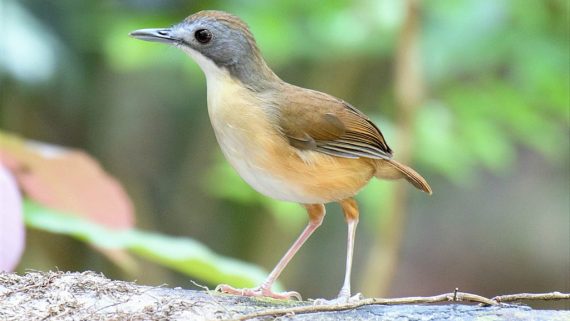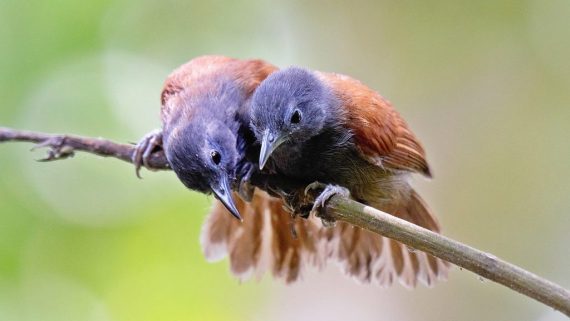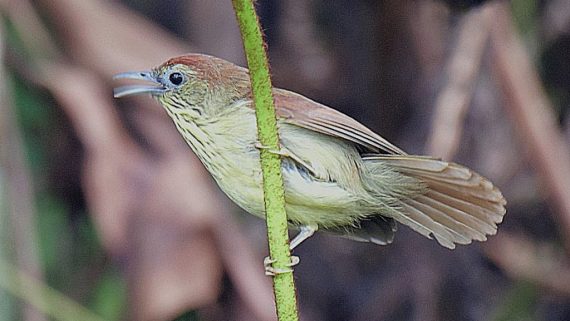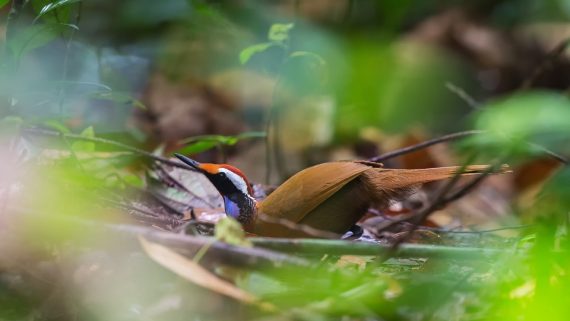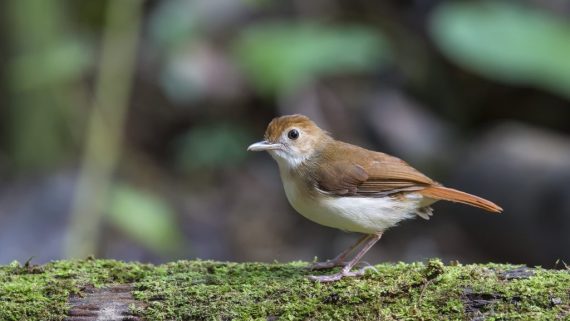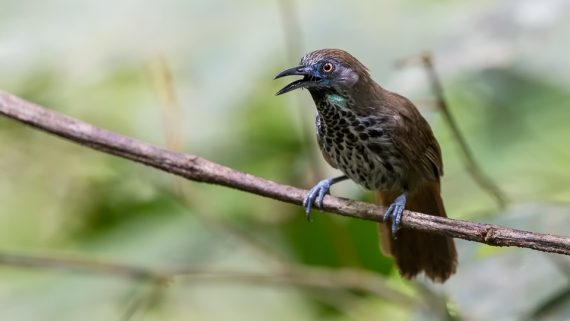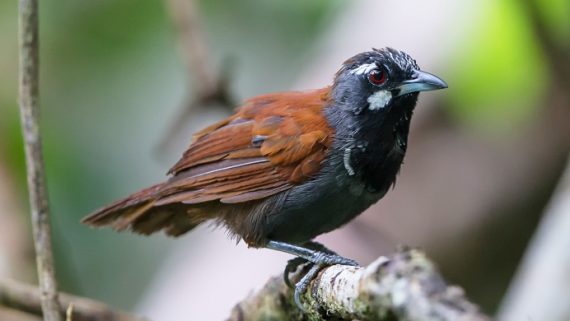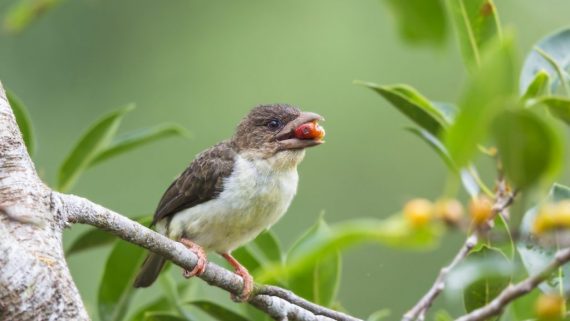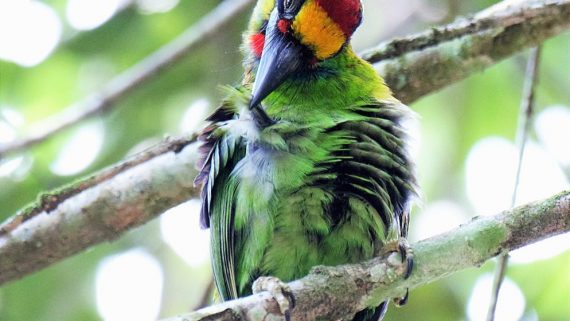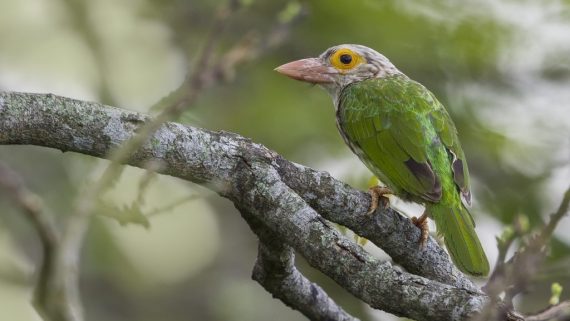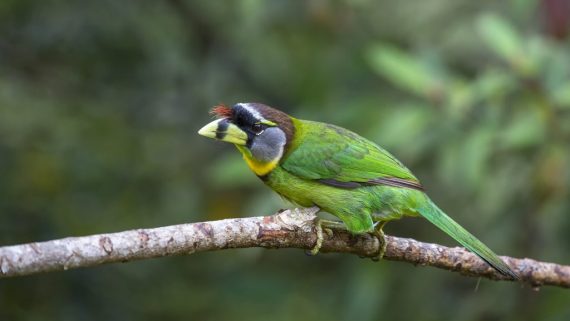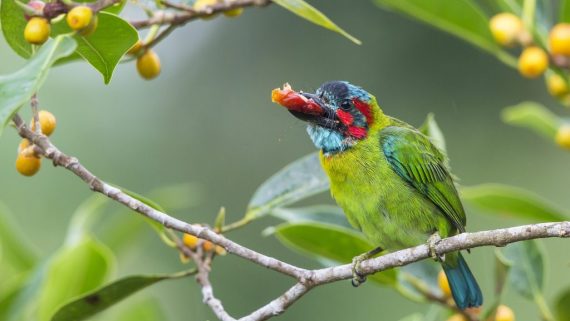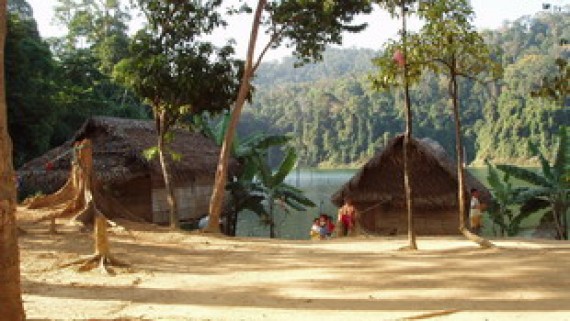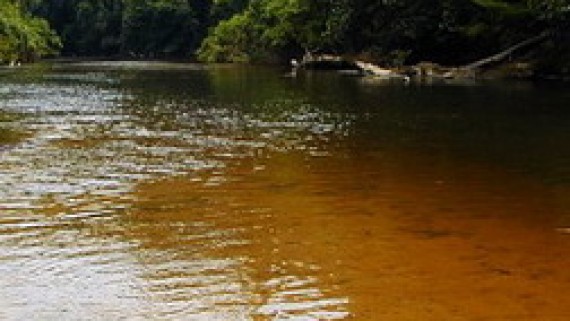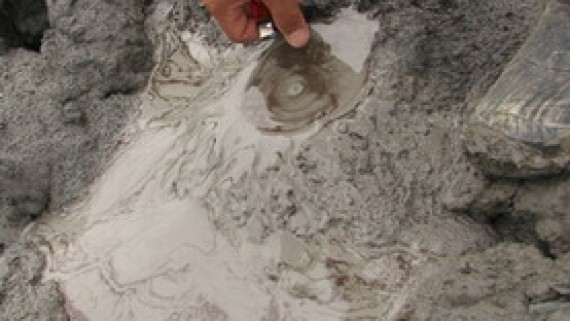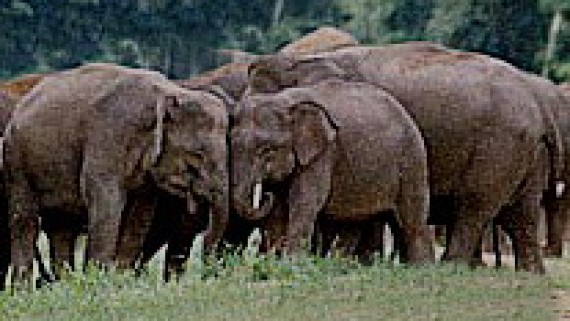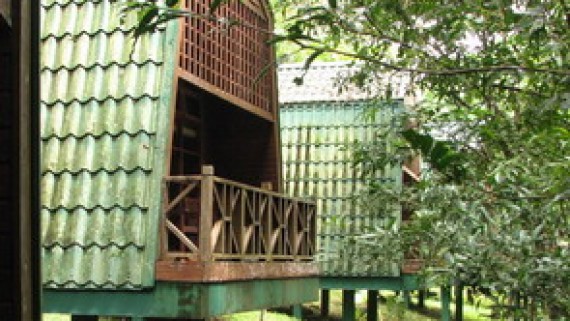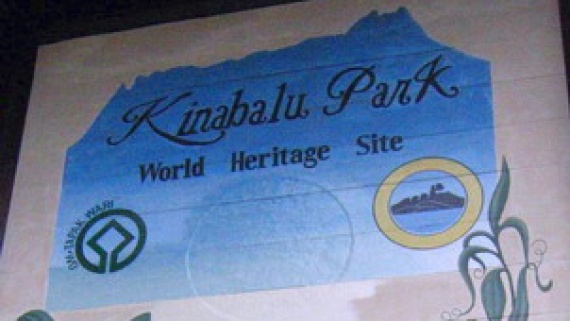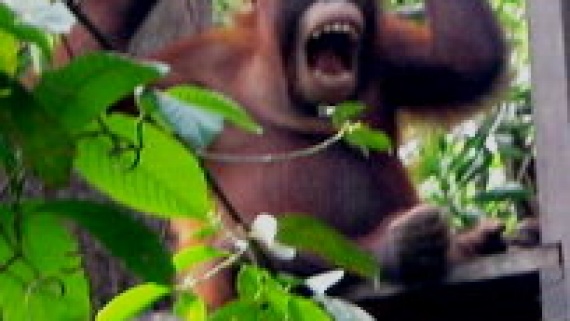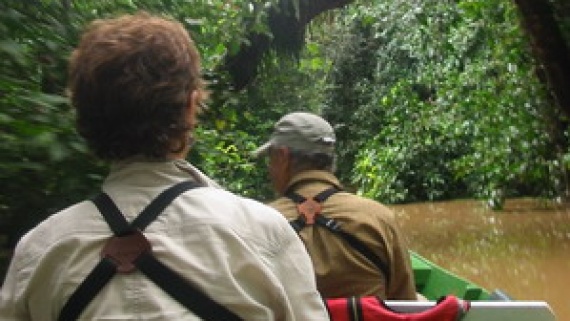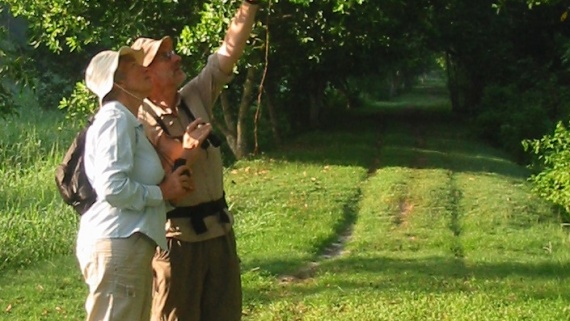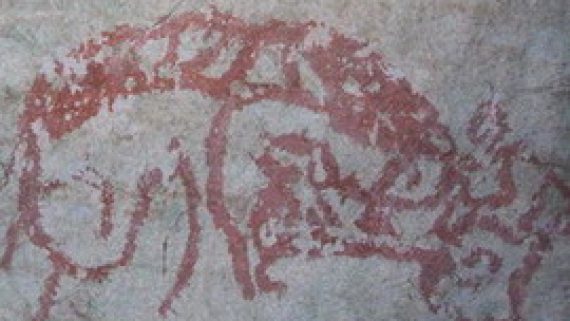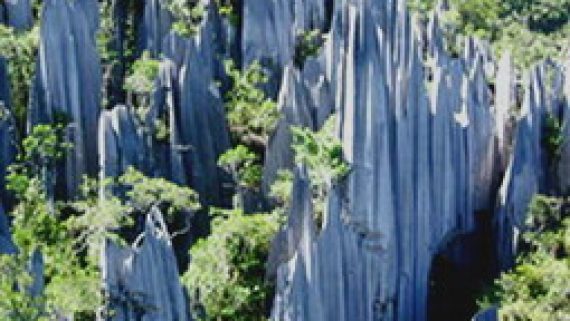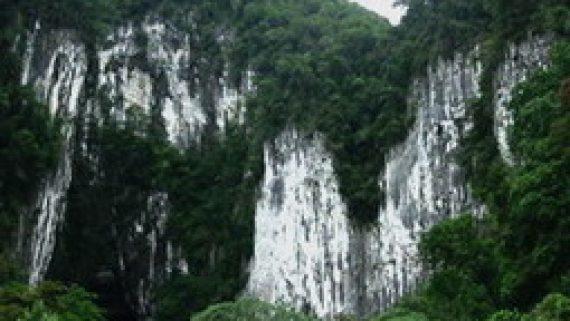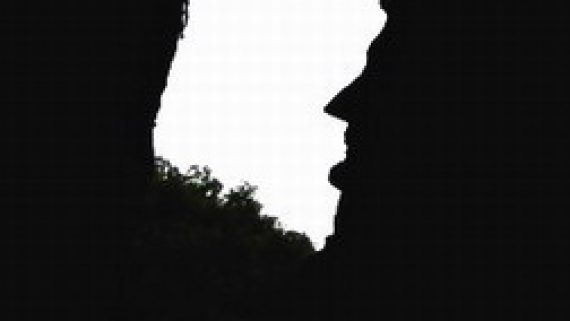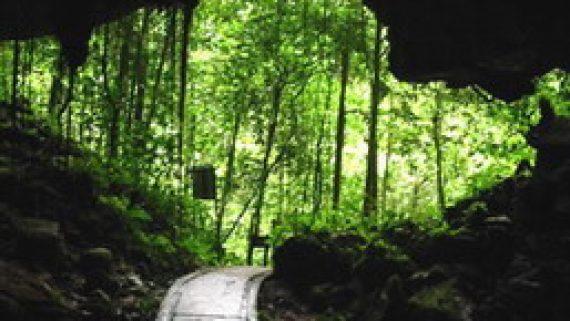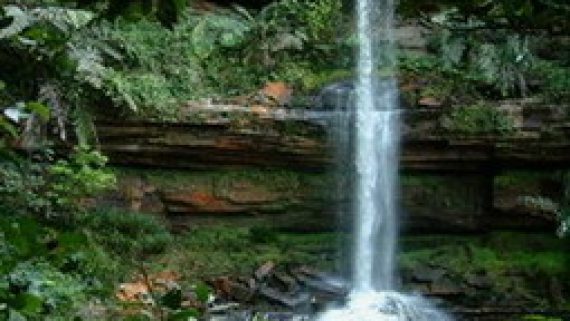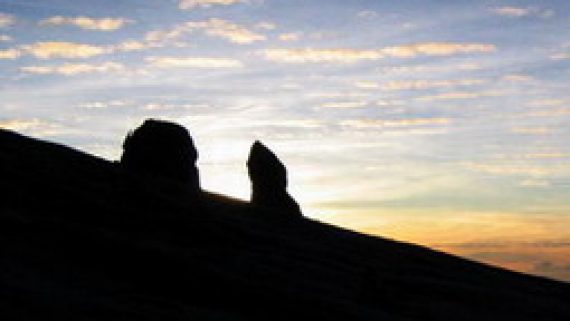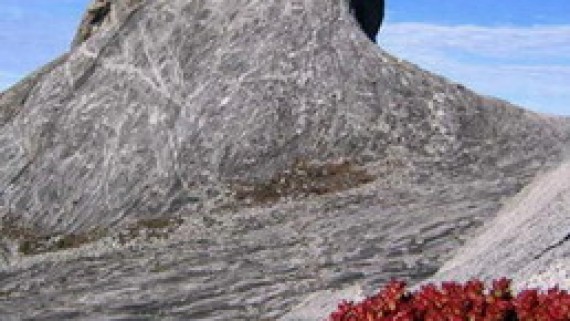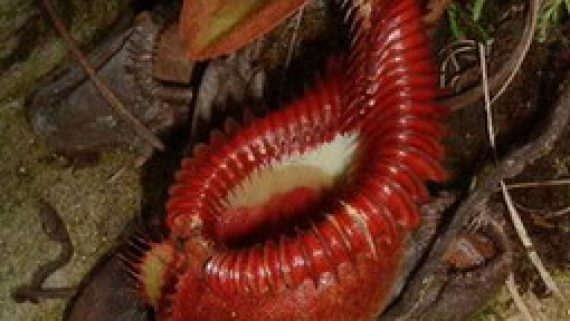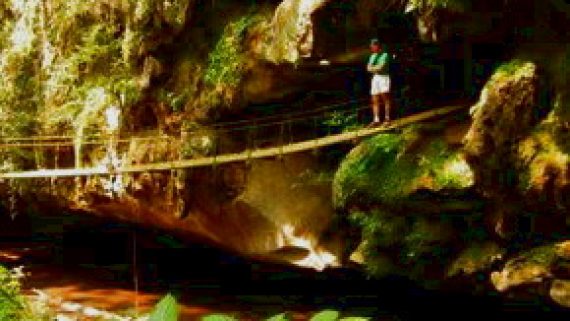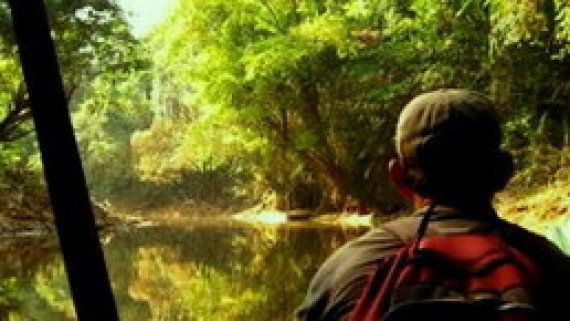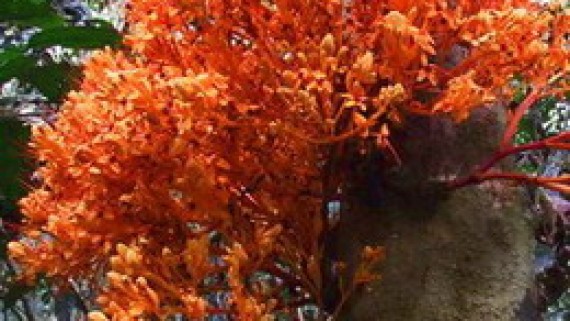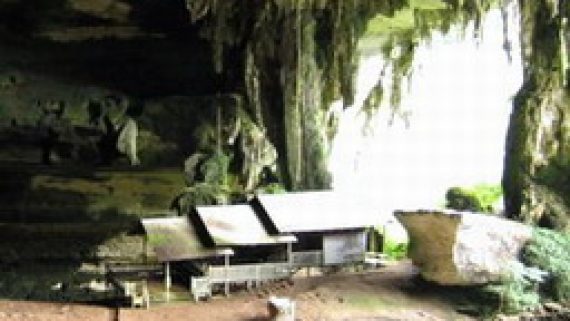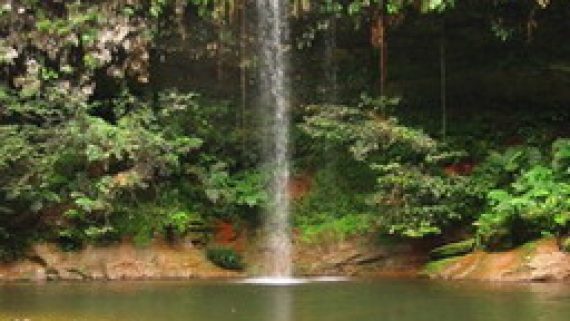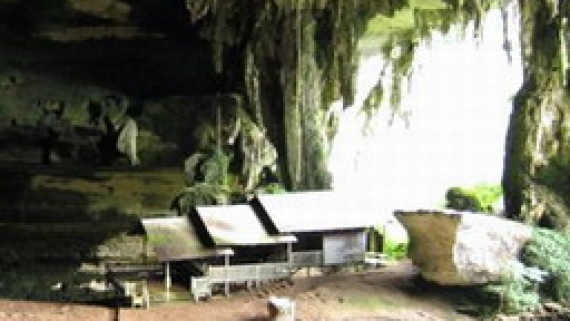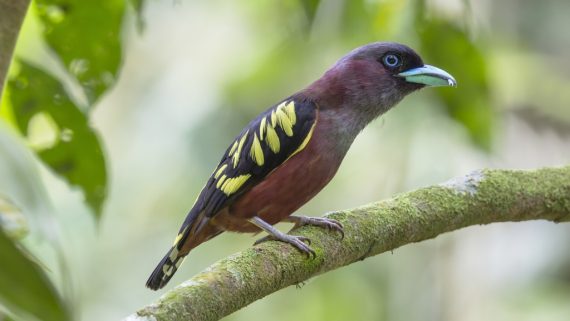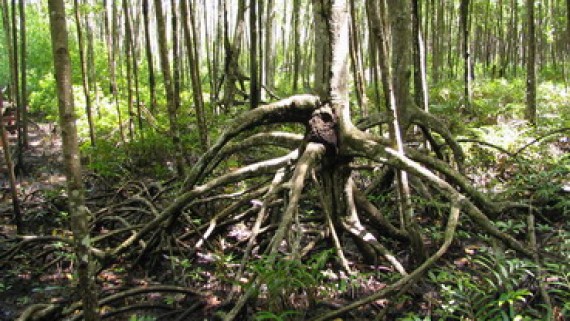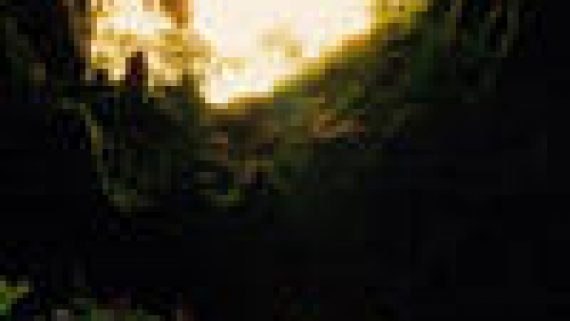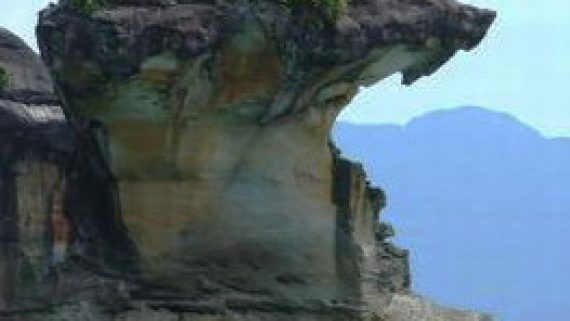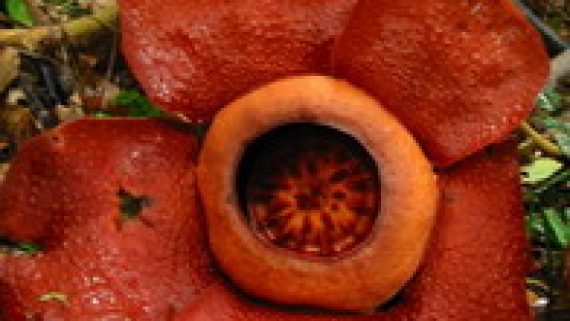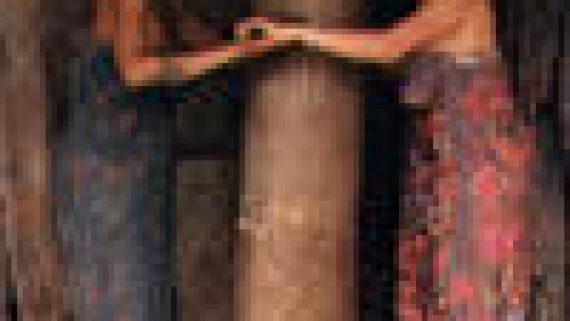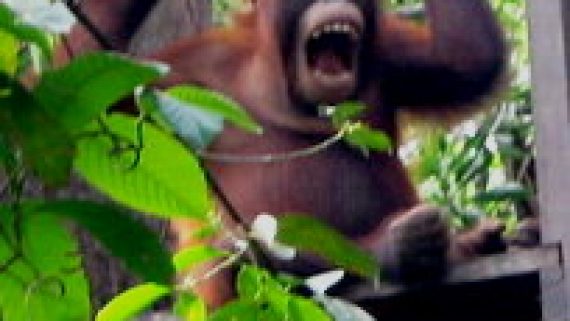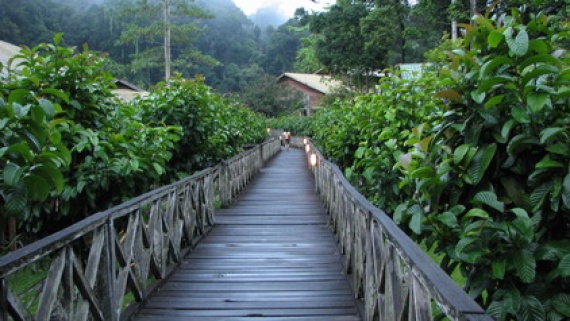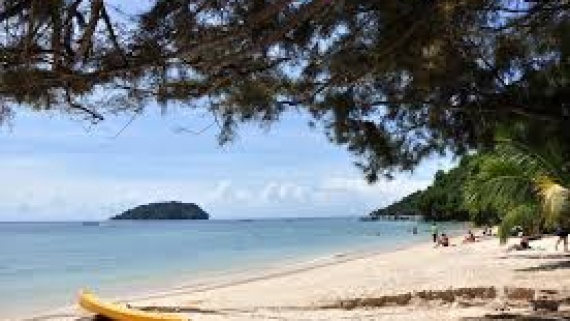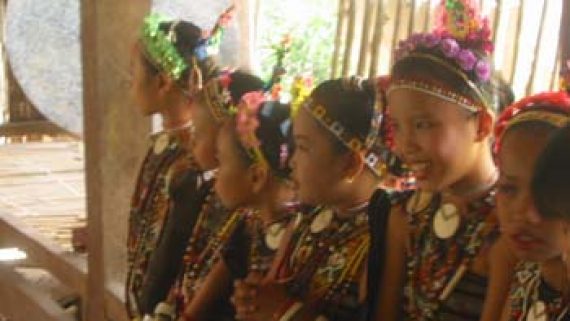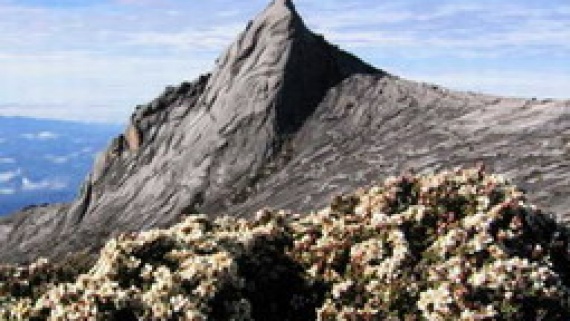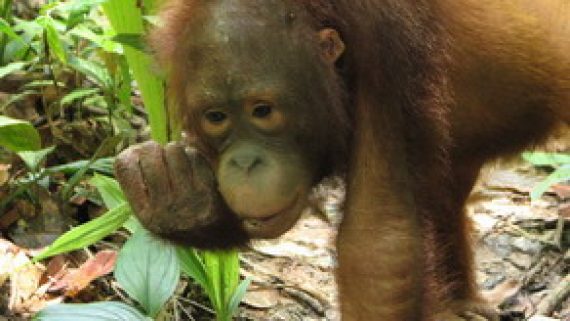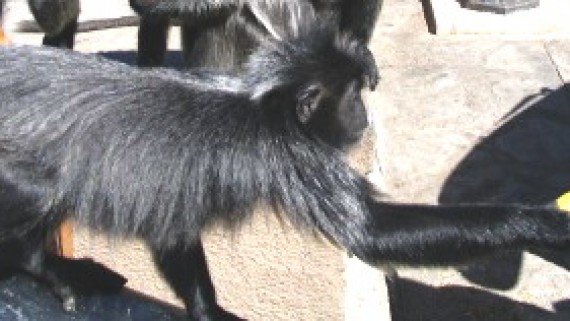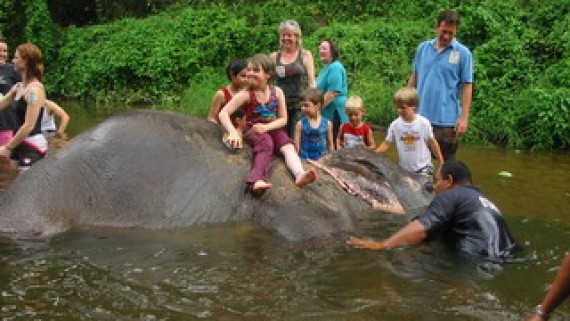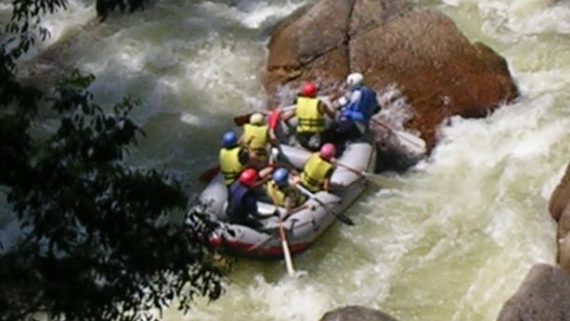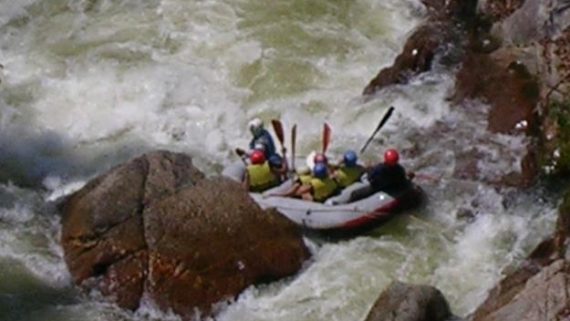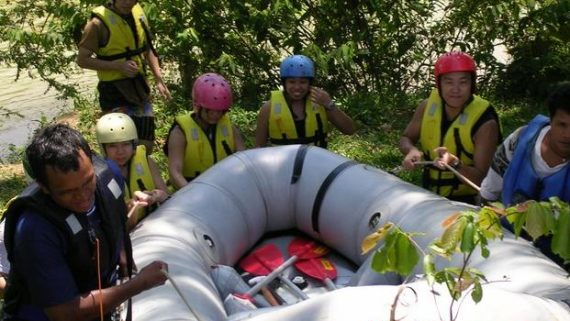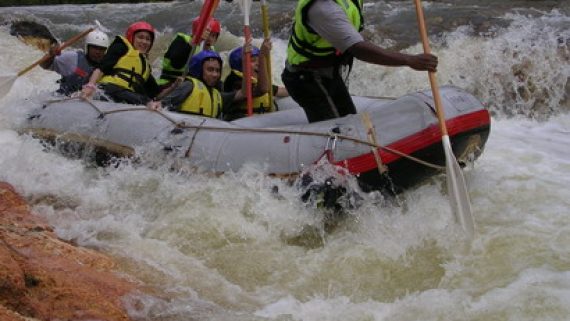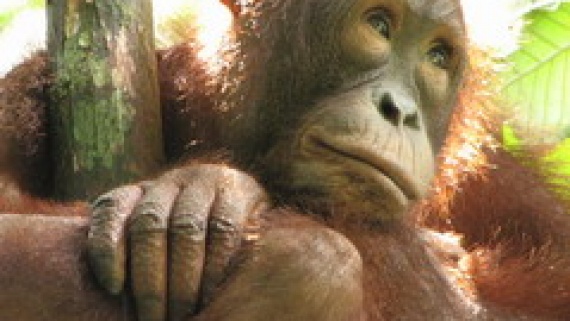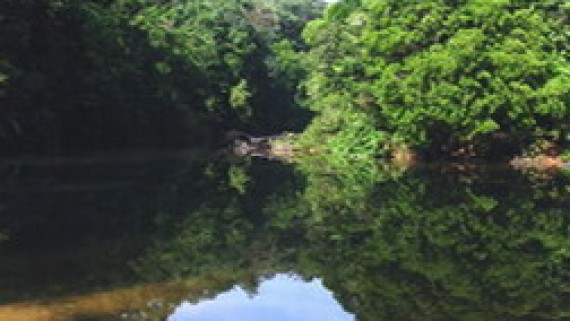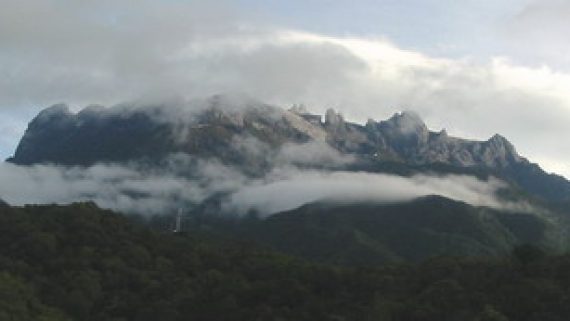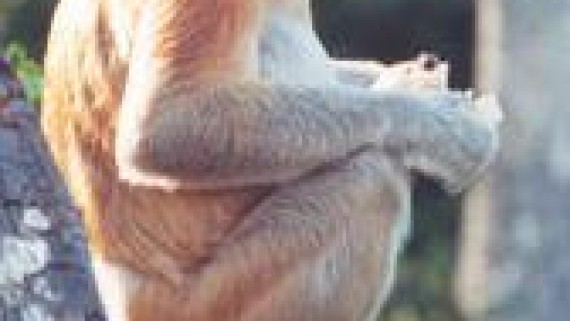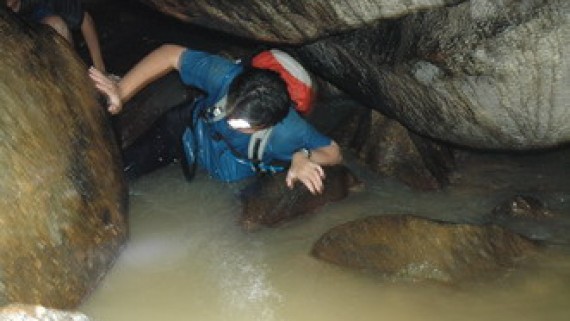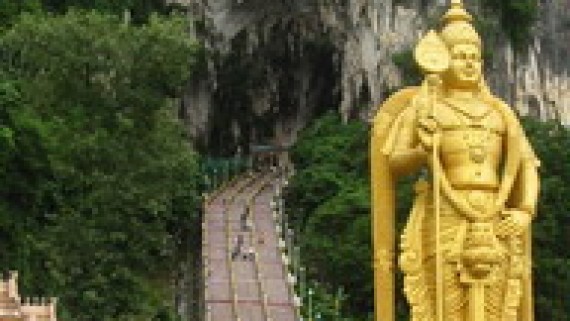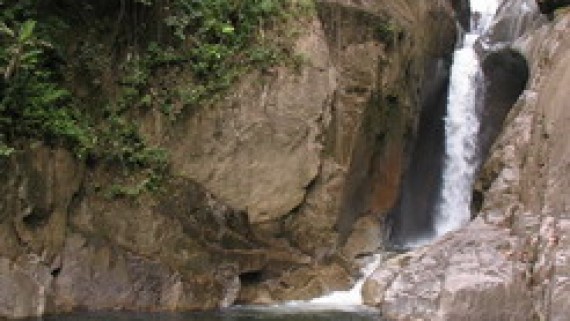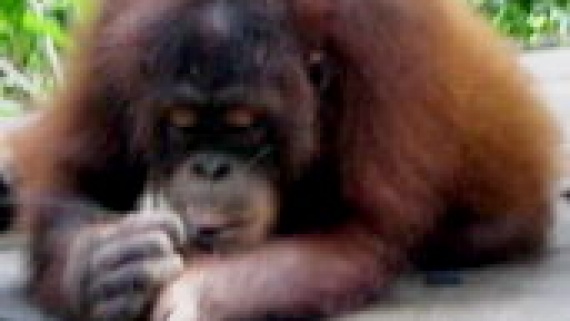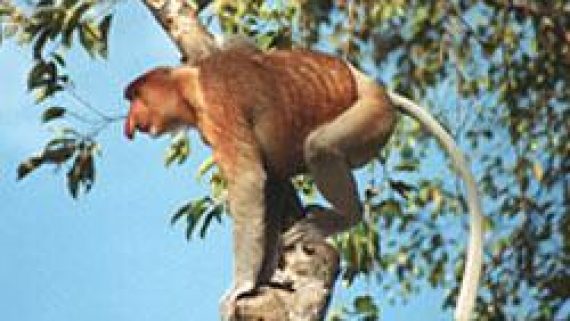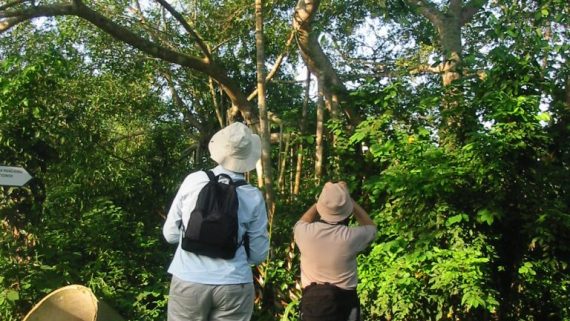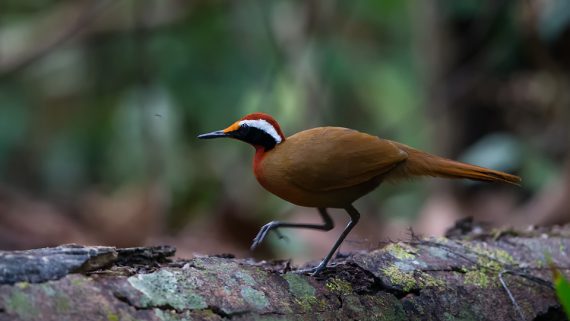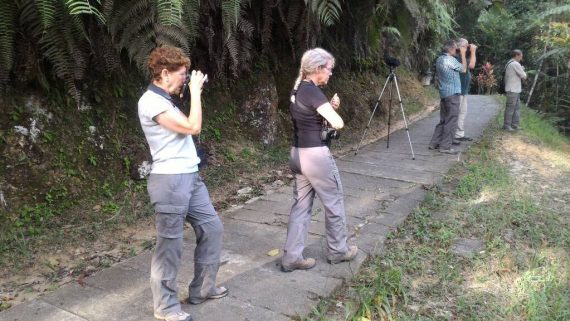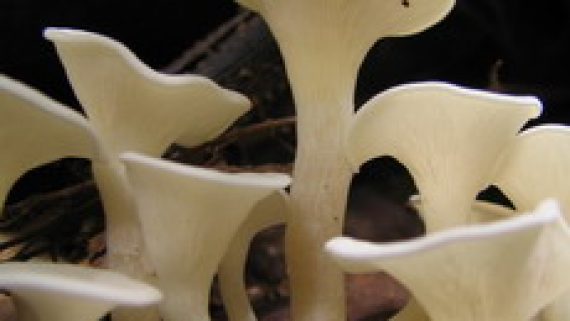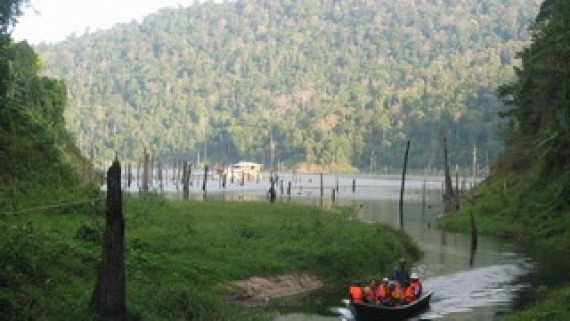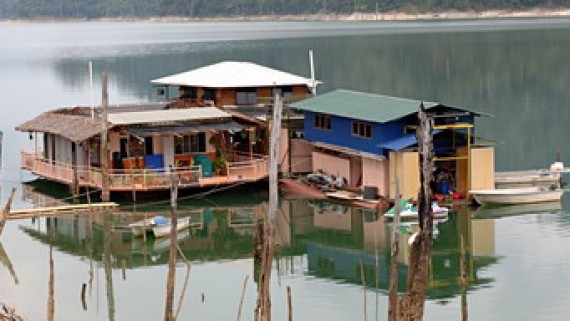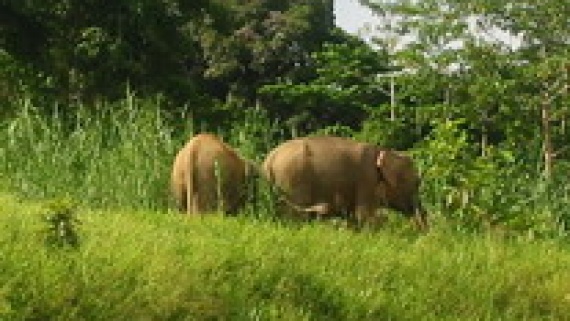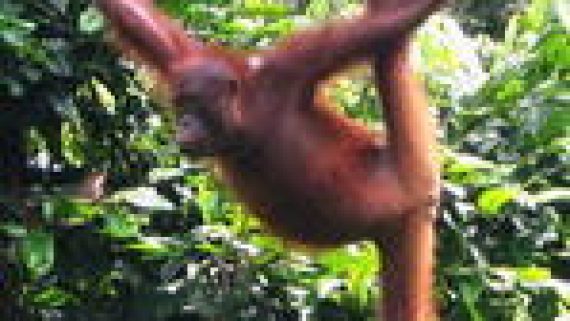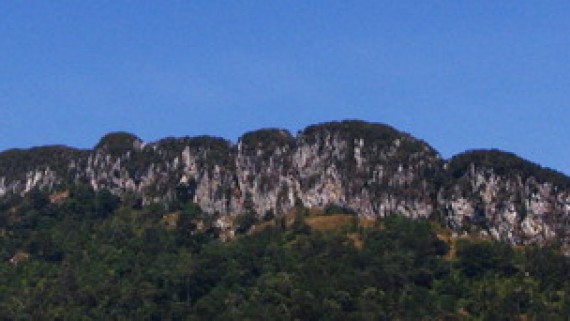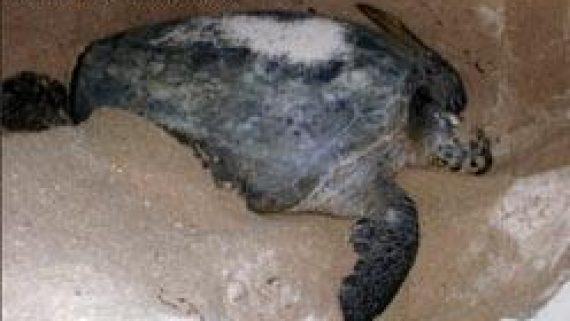Penang National Park, Penang
History and fact
The Penang National Park spanning 1,213ha of land and sea awaits scientists, researchers and nature lovers to explore its myriad of natural treasures.
Previously known as the Pantai Acheh Forest Reserve, this pristine site harbours a wealth of 417 flora and 143 fauna species. Pantai Acheh Forest Reserve, located at the northwestern tip of Penang was declared the Penang National Park in April 2003.
Penang National Park is the first protected area legally gazetted under the National Park Act of 1980, signifying the State and Federal Governments’ efforts in protecting the environment.
Penang National Park was set up to preserve and protect flora and fauna as well as objects with geological, archaeological, historical, ethnological and other scientific and scenic interests. The park is unique as it contains several different types of habitat including a meromictic lake (a lake in which some water remains partly or wholly unmixed with the main water mass at circulation periods), wetlands, mangroves, mudflats, coral reefs and turtle nesting beaches.
Flora and fauna
The unique features here are five habitat types not found in the other major Malaysian nature reserves. The park is a haven for a wealth of 417 flora and 143 fauna species. Among the animals spotted at the park and its surroundings are dolphins, otters, Hawksbill turtles and monkeys.
Secondary forest is the main feature here. The beach is long and plants are aplenty ranging from rocky bonsai to timber and herbal plants. Trees and plants which can be found here include Chengal, Meranti Seraya, Jelutong, Gaharu, Tongkat Ali and Bintangor.
Disturbed secondary forest and hardy plants such as screw pines dominate the coast. The red paper-like bark of the pelawan trees are abundant; undergrowth and ferns spread between the trees. Other noticeable trees planted include casuarina trees, sea almond, cashew nuts and the swaying coconut palms.
Several mangrove trees are found along the Tukun beach. Wild orchids can be sighted on steep rocky slopes and cashew nuts are common here, indicating that some agricultural activities had taken place here many years ago. Fully-grown timber trees are found inside the forest beyond the coast. There are also pitcher plants (nepenthes spp), which managed to survive the coastal habitat.
The dusky leaf monkeys and the long tailed macaque can also be seen. Birds are aplenty, noticeable big birds like the White Bellied Sea Eagles and the Brahminy Kites and kingfisher occasionally can be see here.
Mammals such as wild boars, wild cats, civet cats, sea otters, mousedeer, rats, bats and squirrels and crabs, fishes and large prawns, monitor lizards and snakes are common here. There is also the occasional landing of turtles here.
Attraction and activities
Proper camping ground and amenities provided by the authorities make camping a luxury. Bird watching should not be missed here. The natural swimming pools provide a good place for family outings and nature camps.
This is a shady camping ground, and with civilization just around the corner, it makes a suitable venue for family outings. At the Teluk Bahang roundabout, continue straight towards the fishing jetty and you will be able to see a restaurant called “End of the World”. Follow trail 1A from here. This beach is easily accessible within walking distance from the jetty and the restaurant.
It should be noted that Teluk Bahang is the area where the Bahang Bay is located. It is usually confused with the Teluk Bahang township. The panoramic fishing jetty engulfing the backdrop is a rare sight which is built of mangrove timber and palm trunks.
Use trail 1A-1B, and it is about 20 minutes from the End of the World restaurant. The trail is a clear and easy walk along the coast to reach Teluk Tukun beach. Camping grounds are built along Tukun River. Tukun River flows into Teluk Tukun. A small island opposite is Pulau Tukun Tengah. The national park headquarters are situated near here. There are several small swimming pools for campers.
Follow the coastal trail via Sungai Tukun with trail 1A-1B-1C; it will take about 30 minutes to reach Tanjung Aling from Teluk Bahang.
Tanjung Aling houses the USM research centre and the forest and coastal areas are being used for research on bio-technology. There is a jetty to bring in supplies from town. The beach is easily accessible and it is a suitable camping site for campers. It is also a resting place for visitors enroute to Muka Head (Teluk Duyung).
You can walk or take a boat (only during high tide) to Teluk Duyung. You can reach Teluk Duyung about one and half hours from Teluk Bahang by using trail 1A-1B-1C-1D. Teluk Duyung is a beautiful bay protected by the Muka Head’s cape.
On Head’s peak stands a majestic lighthouse built in 1883. A burial ground of at least 80 years resembles that of Indonesian Acheh and is an interesting historical artifact. The lighthouse peak offers a panoramic view of the surrounding islands.
A small isolated beach originally known as Monkey Beach. “Teluk Ketapang” is derived from the numerous sea almond trees known locally as Pokok Ketapang. This isolated beach can be easily accessed by boat from Teluk Bahang jetty; alternatively you can try trail 1A-1B-1C-1D-2.
The meromictic lake is the greatest attraction here. It is a popular picnic and camping site and famous turtle hatchery. Pantai Kerachut is the only beach where the Green Sea Turtle “Chelonia mydas” can be spotted. It is believed that the Green Turtle only migrates here for nesting.
From End of the World, follow the track along the coast until you cross a suspension bridge. Take the path on the left that leads away from the coast, or just use1A-6A-6B-6C/6D/6E. You should be able to reach Pantai Keracut in one hour and a half.
Teluk Kampi has the longest beach in the park. There are many artifacts and past history. The tell-tale signs of trenches found along the northern coast indicates a defense post for the Japanese Army during World War 2. Teluk Kampi is another isolated beach that guarantees an easy and relaxing trip.
The most common trail is the one from Pantai Kerachut over Tanjung Kerachut and down to Teluk Kampi using trail 1A-6A-6B-6D-6E-8A-8B-8C.
Pantai Mas is a golden beach. Formally a coconut plantation, it is now an overgrown wasteland. Being very close to civilization, mud and mangroves create a wilderness few people would like to go to. The difficulty in accessing Pantai Mas by sea could be the reason why dwellers abandoned their homes here.
Accessing Pantai Mas with fishing boats is only available during high tides. Alternative access is through the trails from United Hokkien Cemetery or the longer ridge trail starting from Teluk Bahang. The easier walking trail will be from Pantai Acheh village. It will take about 45 minutes, trail indication is 15A-15B-15C.
The highest point is Batu Itam at 1500 feet on the southern flank of the Park. Bukit Telaga Batu is about 1100 feet.
Getting there and away
From Georgetown, use the northern coastal road passing through Tanjung Tokong, Tanjung Bungah at Batu Fringghi and Teluk Bahang town. You can start the entire major National Park trail system from Teluk Bahang.

